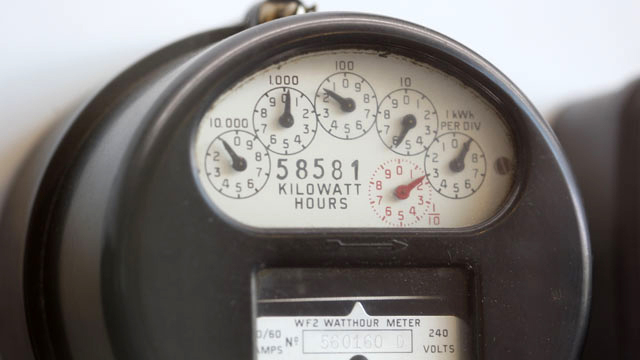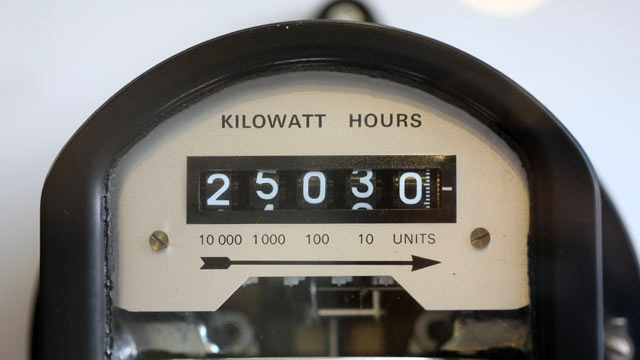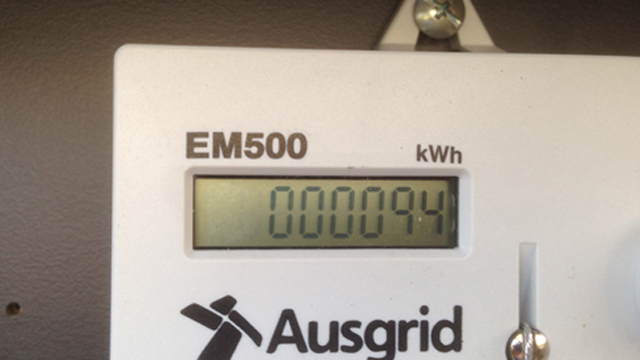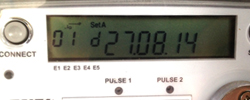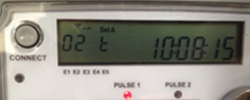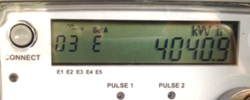According to National Electricity Market rules we must read your meter* at least once every six months, but we attempt to do so once every three months. The way we read meters depends on the type of meter you have installed at your premises.
Manual readings
A meter reader visits your property, sights your meter and types the meter reading into a handheld computer that sends the data directly to our metering and retailer billing systems. The reading is then validated and sent to your electricity retailer who calculates your final bill. Manual readings are mostly used for accumulation meters.
Probe readings
A meter reader visits your property and attaches an optical probe to a communication port on your interval meter. The meter downloads 30-minute interval kWh data into the meter reader’s handheld computer. The information is automatically sent through to our metering and retailer billing systems. The reading is then validated and sent to your electricity retailer who calculates your final bill.
Smart meter readings
Your electricity retailer (the company that sends your electricity bill) is responsible for reading your smart meter. Smart meters are generally read remotely via communications systems, so a technician doesn't have to visit your property. The remote readings are 30-minute interval kWh data, which are sent through to our metering and retailer billing systems by your retailers appointed meter data provider. Your electricity retailer calculates your final bill. Information about smart meters can be found at Australian Energy Regulator.
*Ausgrid is responsible for meter reading, testing and maintenance services of historic Ausgrid meters that have not been installed under the Power of Choice rule change.

